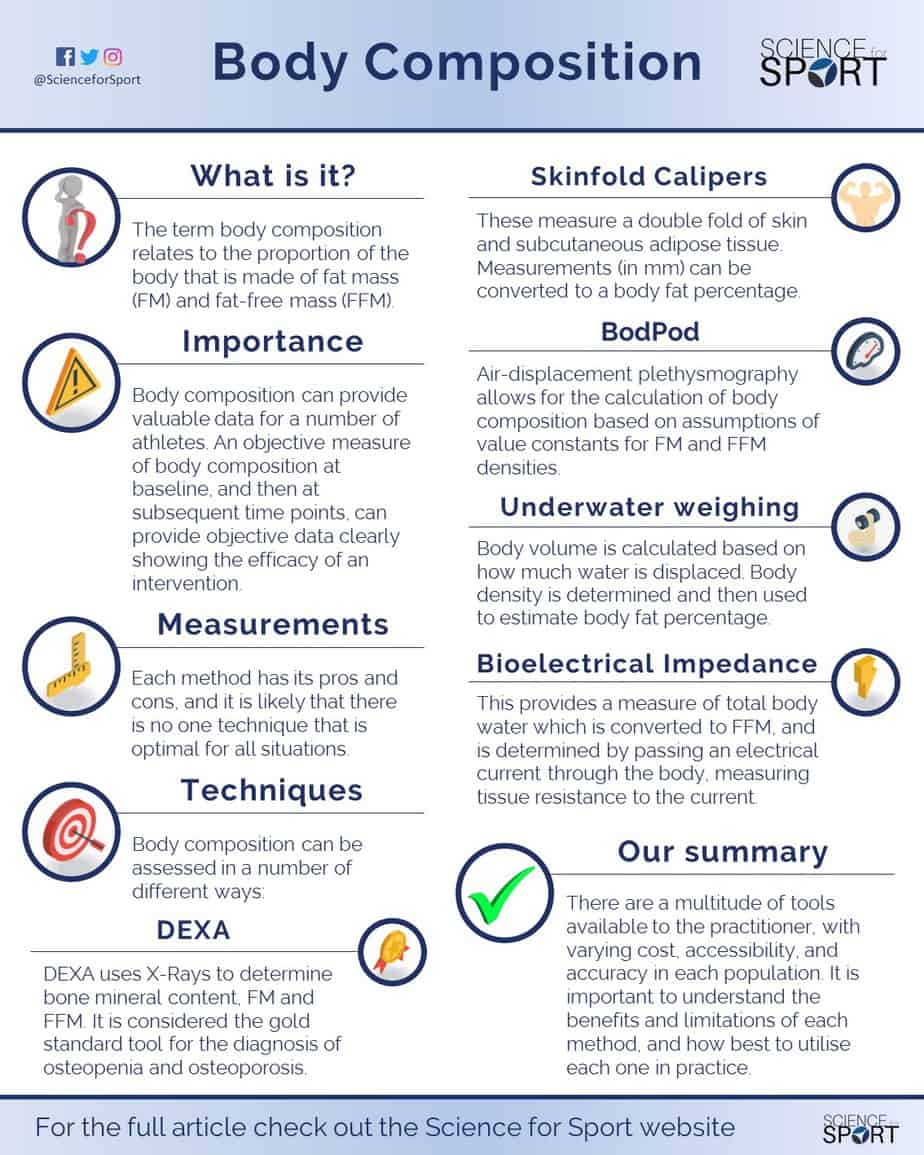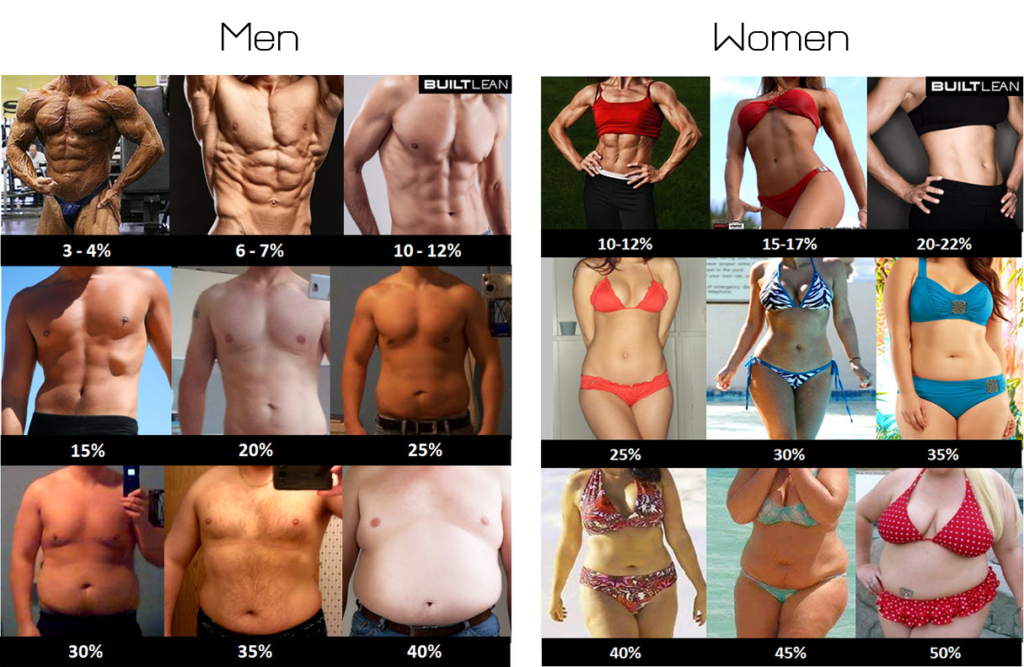The measurement of human body composition allows for the estimation of body tissues organs and their distributions in living persons without inflicting harm. Fat mass and fat free mass.

Pdf Body Fat Measurement In Adolescent Girls With Type 1
Body composition measurement research. The bodpod utilizes whole body densiometric principles to determine fat mass and fat free mass in adults and children. Field methods for assessing body composition are those that are portable and easy to use for assessment of several people in a short time period. The cnrc body composition laboratory is the only laboratory of its type in the nation that can provide a complete complement of body composition measurements in all populations ranging from low birth weight infants to adults. The human body can be quantified at several levels depending on clinical concerns. The following is an exclusive excerpt from the book nscas guide to sport and exercise nutrition published by human kineticsall text and images provided by human kinetics. Body composition measurement methods are continuously being perfected.
These high precision measurements are associated with body water mineral protein and fat content. Basic body composition can be expressed as the relative percentage of body mass that is fat and fat free tissue. Health care providers can use body composition information to screen for current and future health risks provide anticipatory guidance monitor therapeutic. It is well established that excess body fat particularly when located centrally around the abdomen is associated with hypertension the metabolic syndrome type 2 diabetes stroke coronary artery disease and hyperlipidemia. From a nutritional perspective the interest in body composition has increased multi fold with the global increase in the prevalence of obesity and its complications. Methods for assessing body composition including anthropometry body density and dual energy x ray absorptiometry dxa.
When an individual is inside the unit the amount of air they displaced is measured in order to break body composition down into two compartments. As demonstrated in previous studies clinical ct and mri may be used beyond their primary diagnostic purposes to opportunistically obtain measurements of body composition including skeletal. Measurement of body composition during infancy and childhood has important uses in primary and specialty health care settings clinical research and national surveys and surveillance. Body composition can be assessed at the atomic level with the basic elements. Ongoing efforts involve multisegmental and multifrequency bioelectrical impedance analysis quantitative magnetic resonance for total body water fat and lean tissue measurements imaging to further define ectopic fat depots.


















